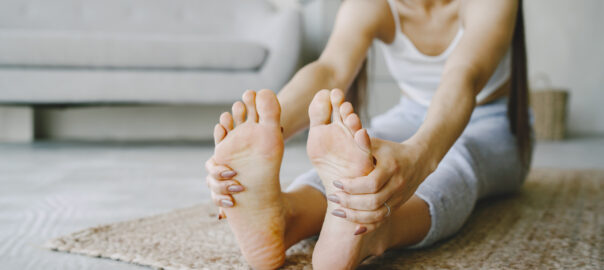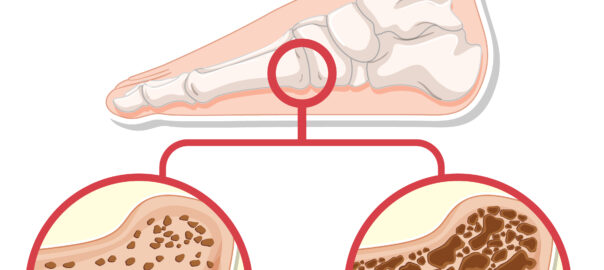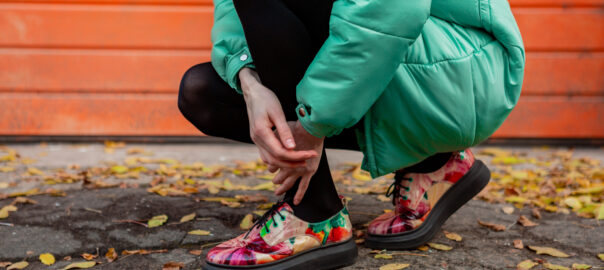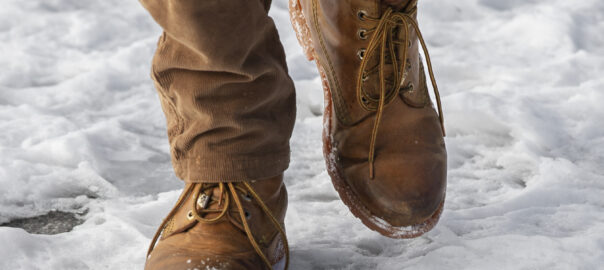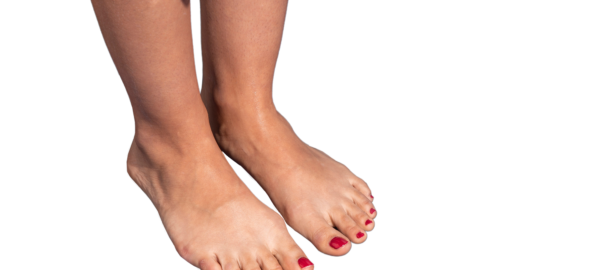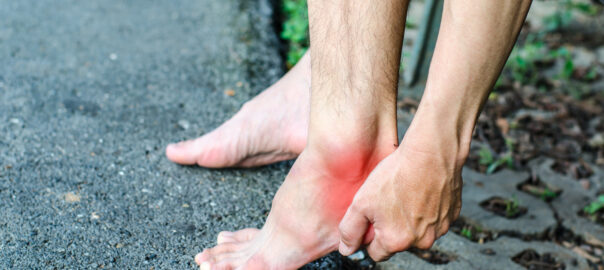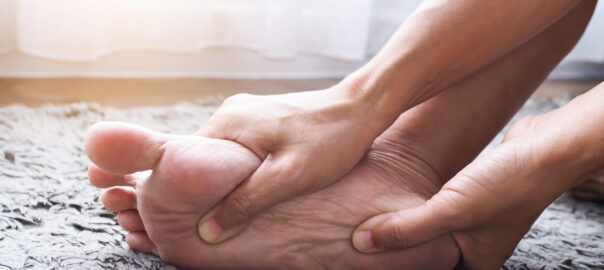Flat feet, also known as fallen arches, occur when the arches of the feet collapse, causing the entire sole of the foot to make contact with the ground. While it’s not possible to permanently “heal” flat feet in the sense of restoring the arch to its original structure, there are several ways to manage the condition and alleviate symptoms:
- Orthotic Devices: Custom-made or over-the-counter shoe inserts (orthotics) can provide arch support and help distribute pressure more evenly across the foot. These devices can help reduce pain and discomfort associated with flat feet.
- Proper Footwear: Wearing supportive shoes with good arch support and cushioning can help reduce symptoms of flat feet. Look for shoes specifically designed for individuals with flat feet or those that offer adequate arch support.
- Stretching and Strengthening Exercises: Certain exercises can help strengthen the muscles and tendons in the feet and ankles, providing better support for the arches. Stretching exercises can also help improve flexibility and reduce tension in the muscles.
- Physical Therapy: Working with a physical therapist can provide personalized exercises and techniques to strengthen the muscles of the feet and ankles and improve overall foot mechanics.
- Weight Management: Maintaining a healthy weight can help reduce stress on the feet and alleviate symptoms of flat feet.
- Avoiding High-Impact Activities: Activities that put excessive strain on the feet, such as running on hard surfaces or jumping, may exacerbate symptoms of flat feet. Opt for low-impact exercises like swimming or cycling instead.
- Surgery (in severe cases): In rare cases where flat feet cause severe pain and other conservative treatments are ineffective, surgery may be considered to reconstruct the arches of the feet. However, surgery is usually reserved for extreme cases and is not typically recommended as a first-line treatment.
While it’s not possible to completely “heal” flat feet, these measures can help manage symptoms and improve quality of life for individuals with the condition. It’s important to consult with a healthcare professional, such as a podiatrist or orthopedic specialist, to develop a treatment plan tailored to your specific needs.





